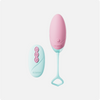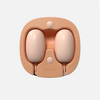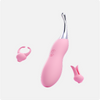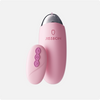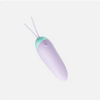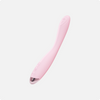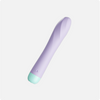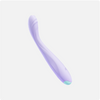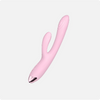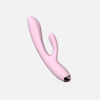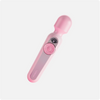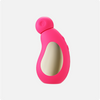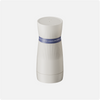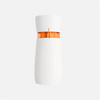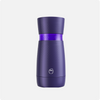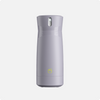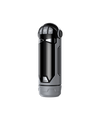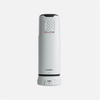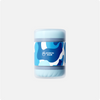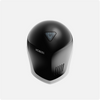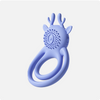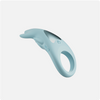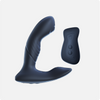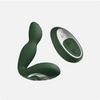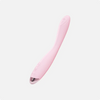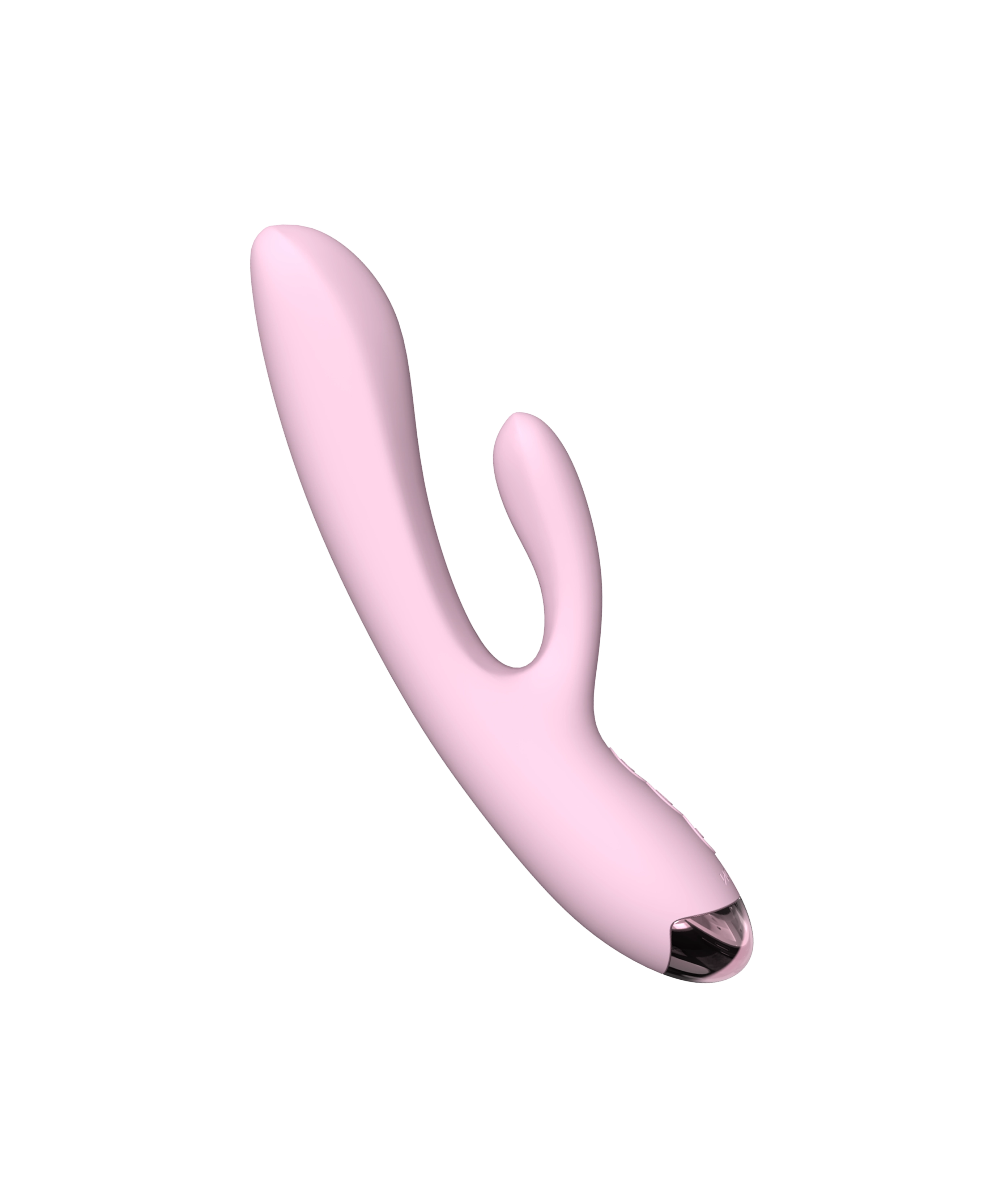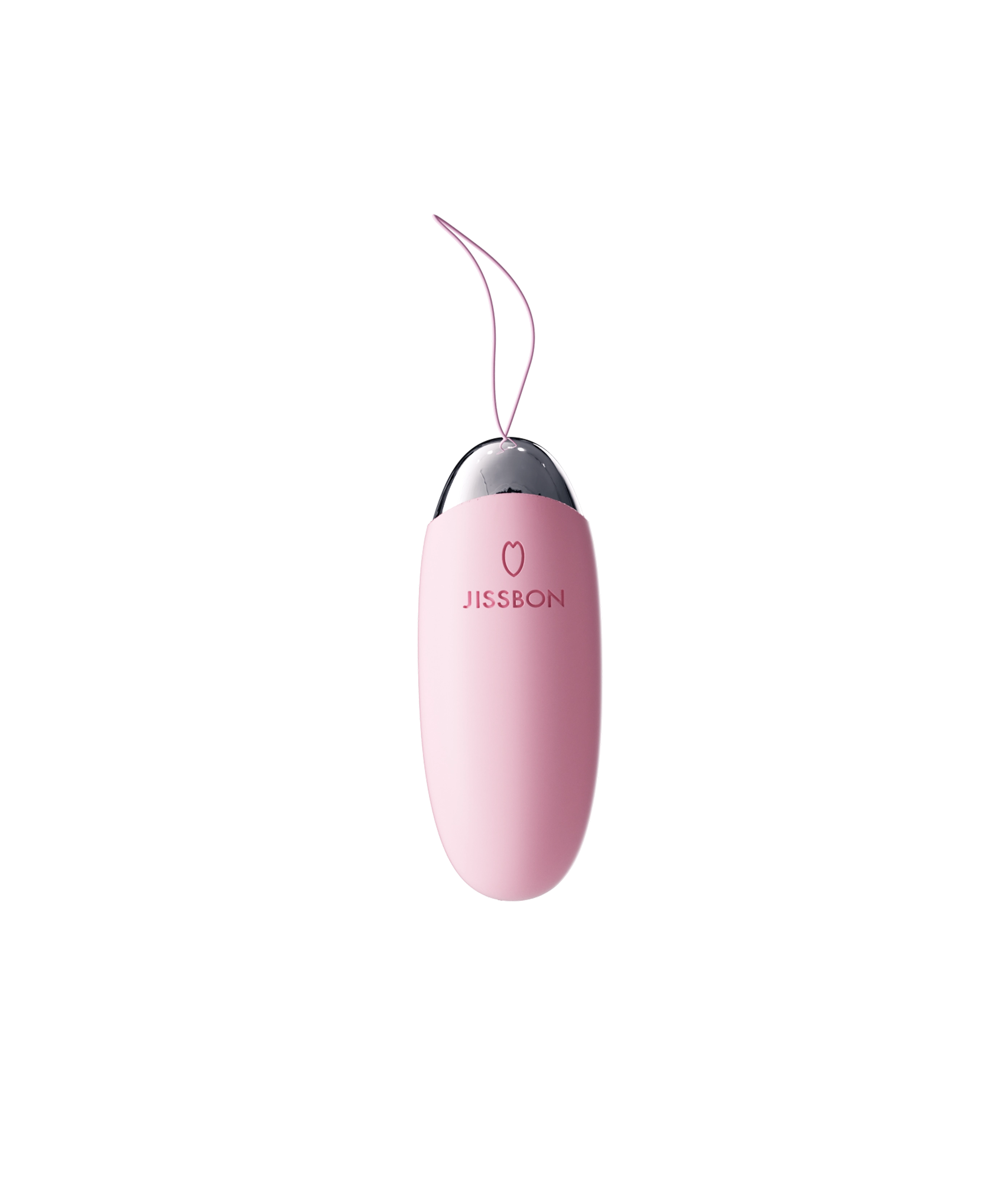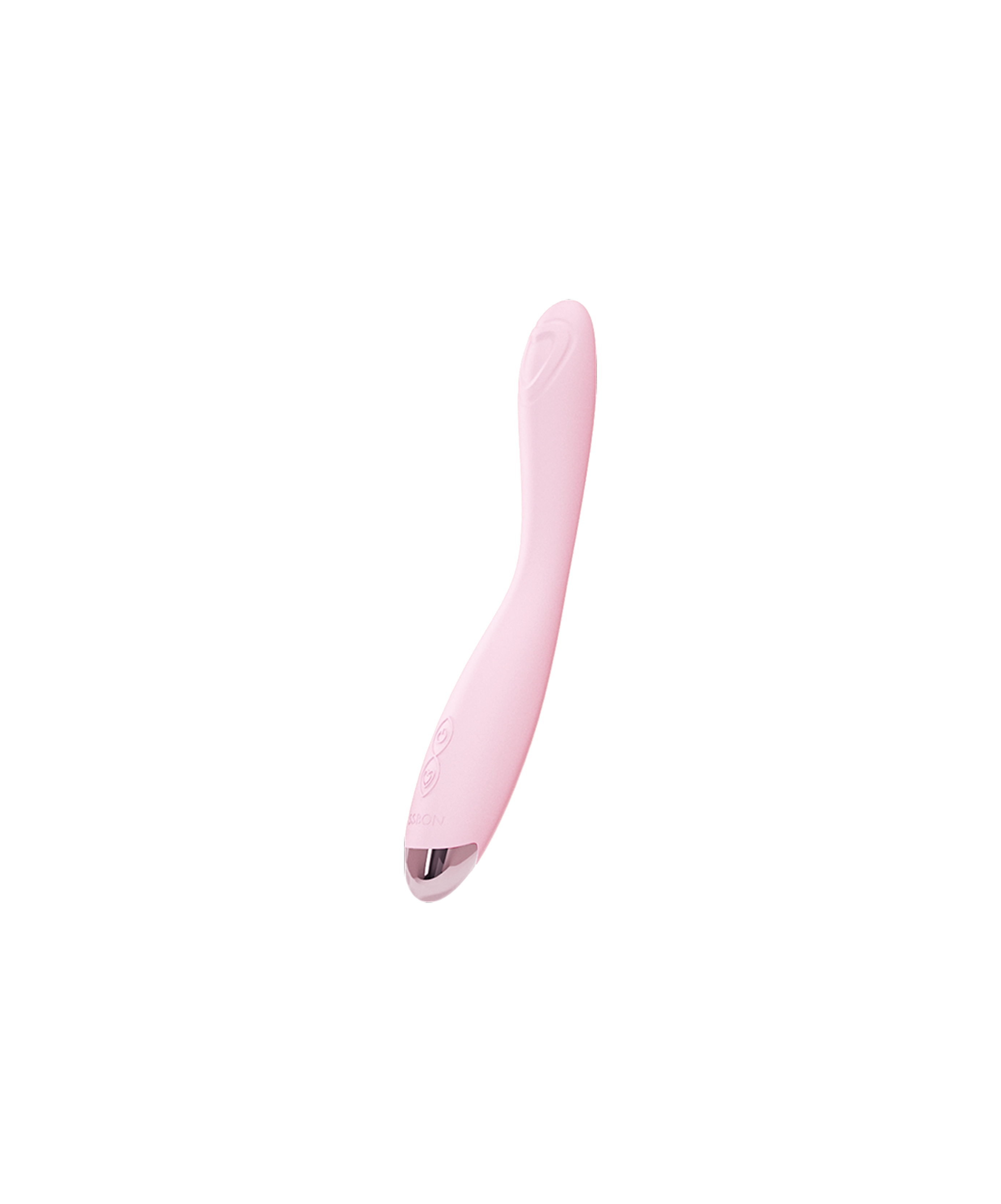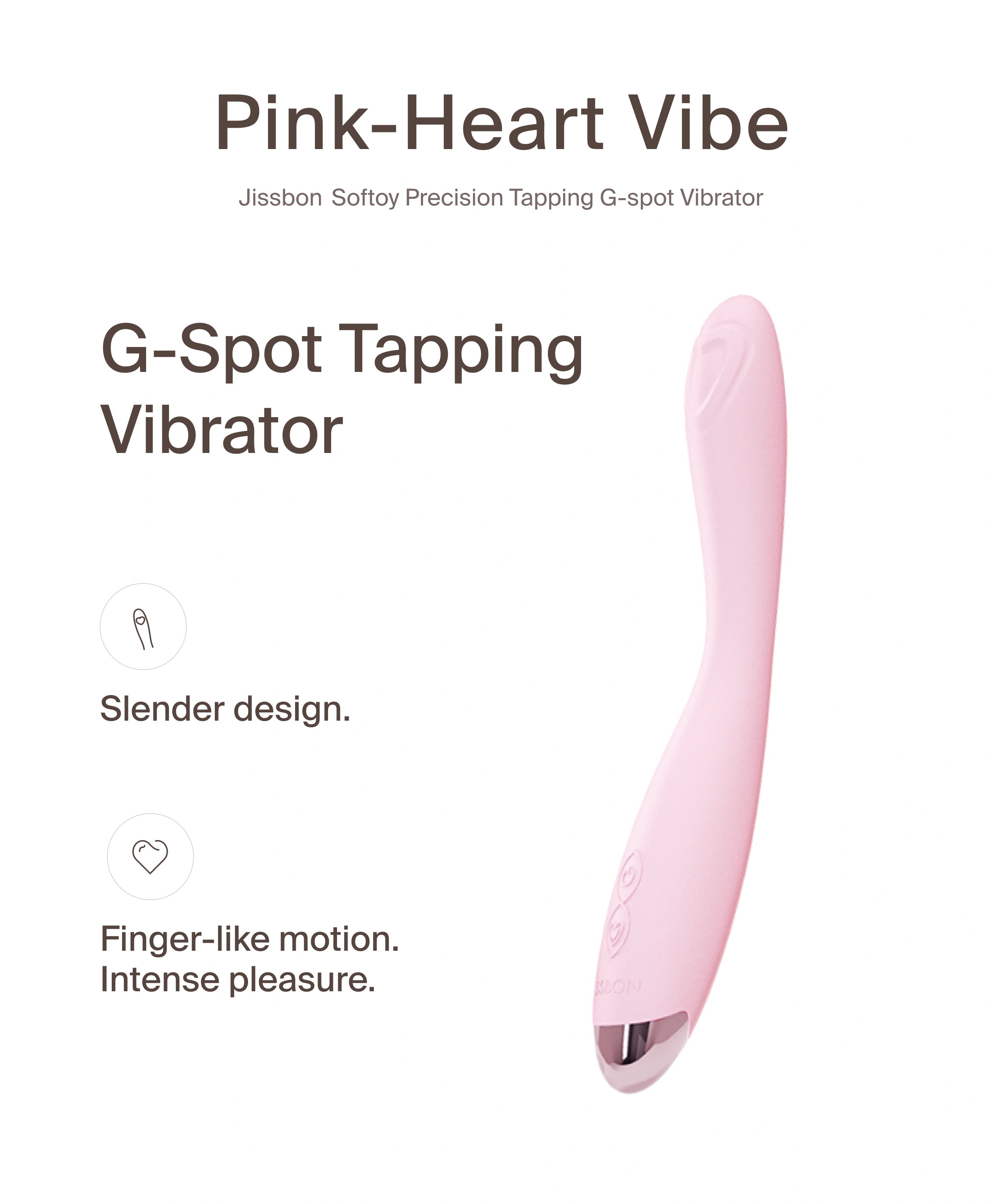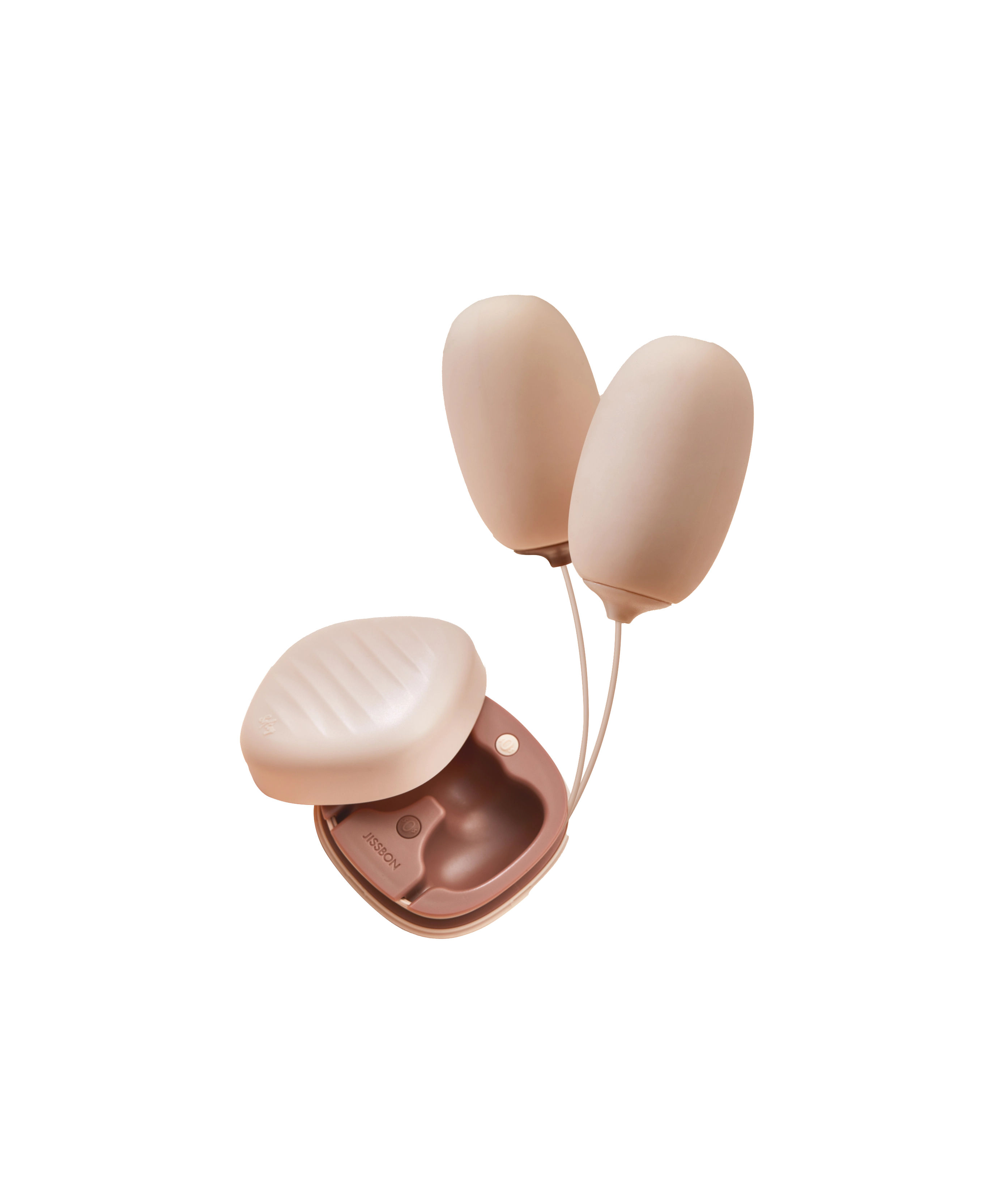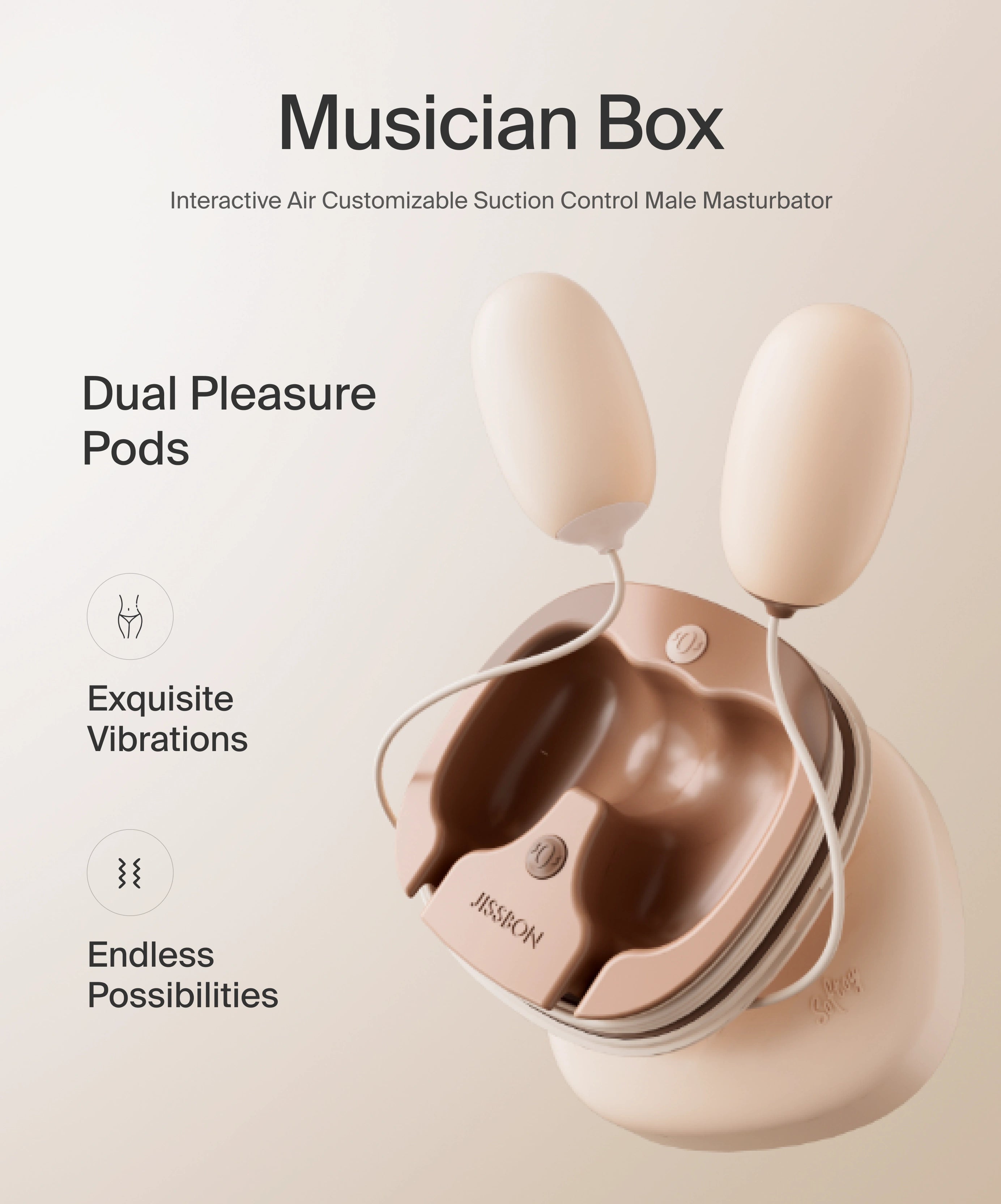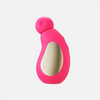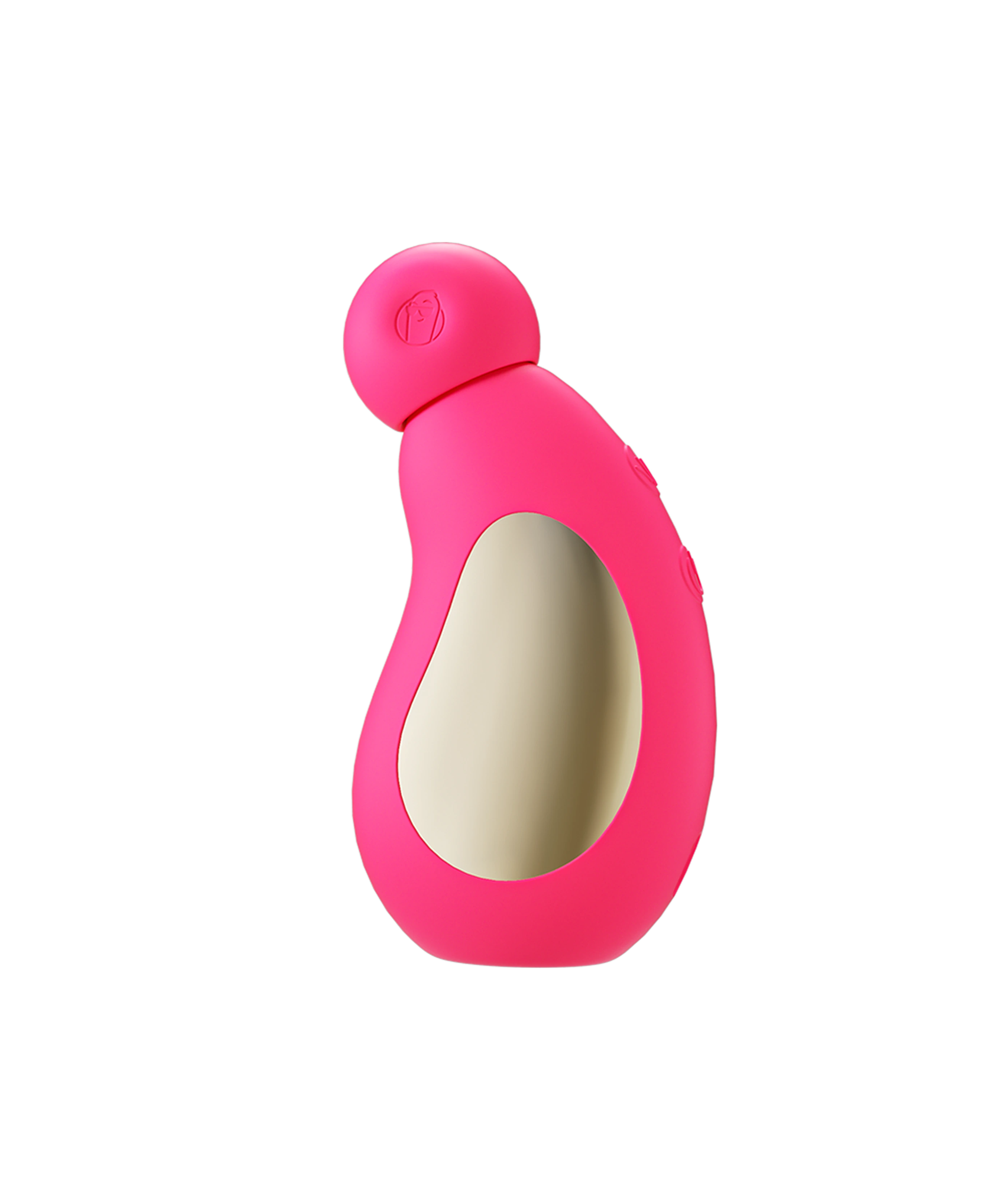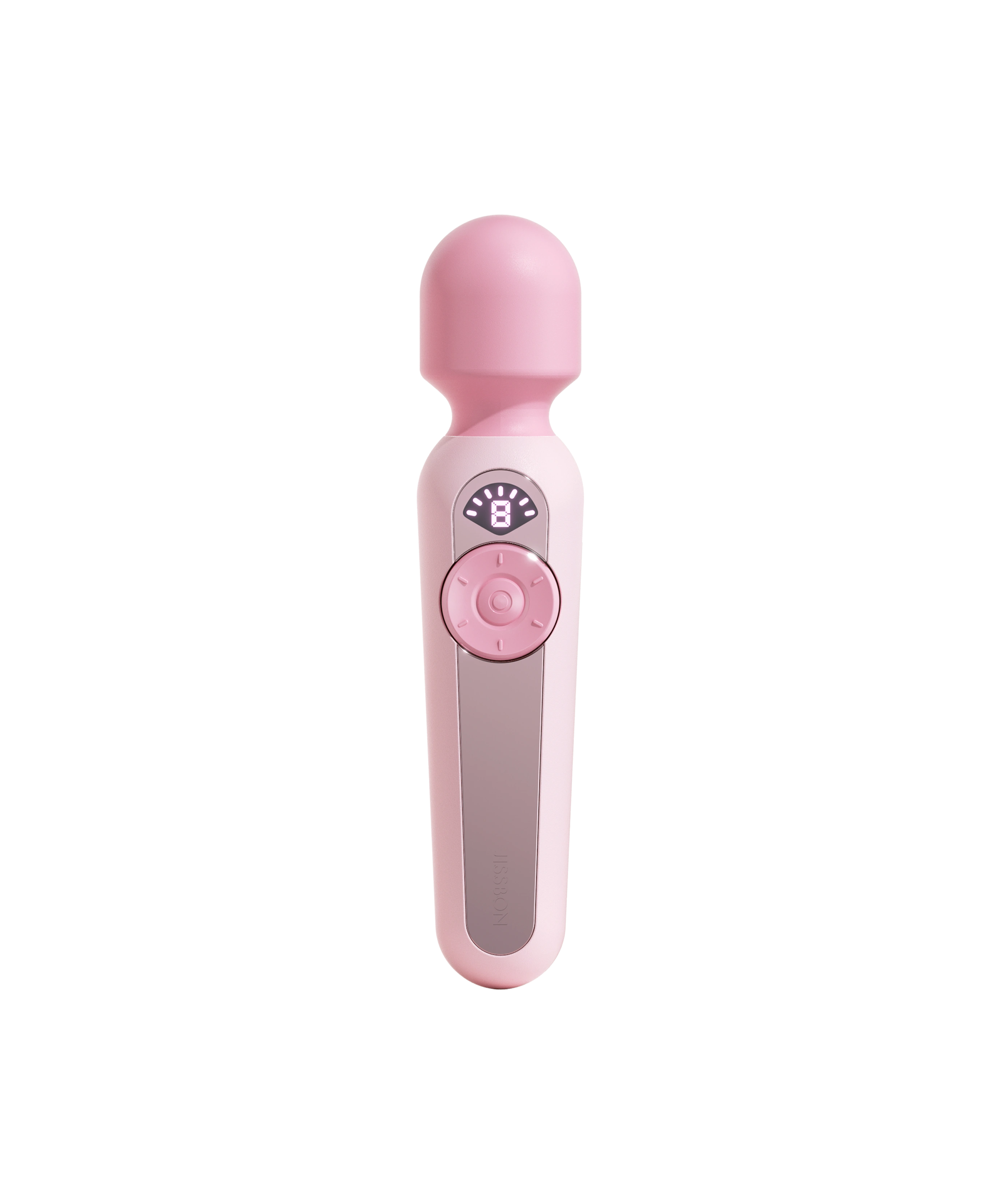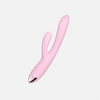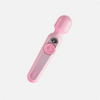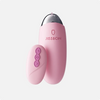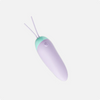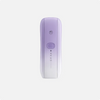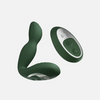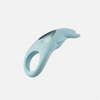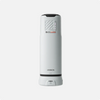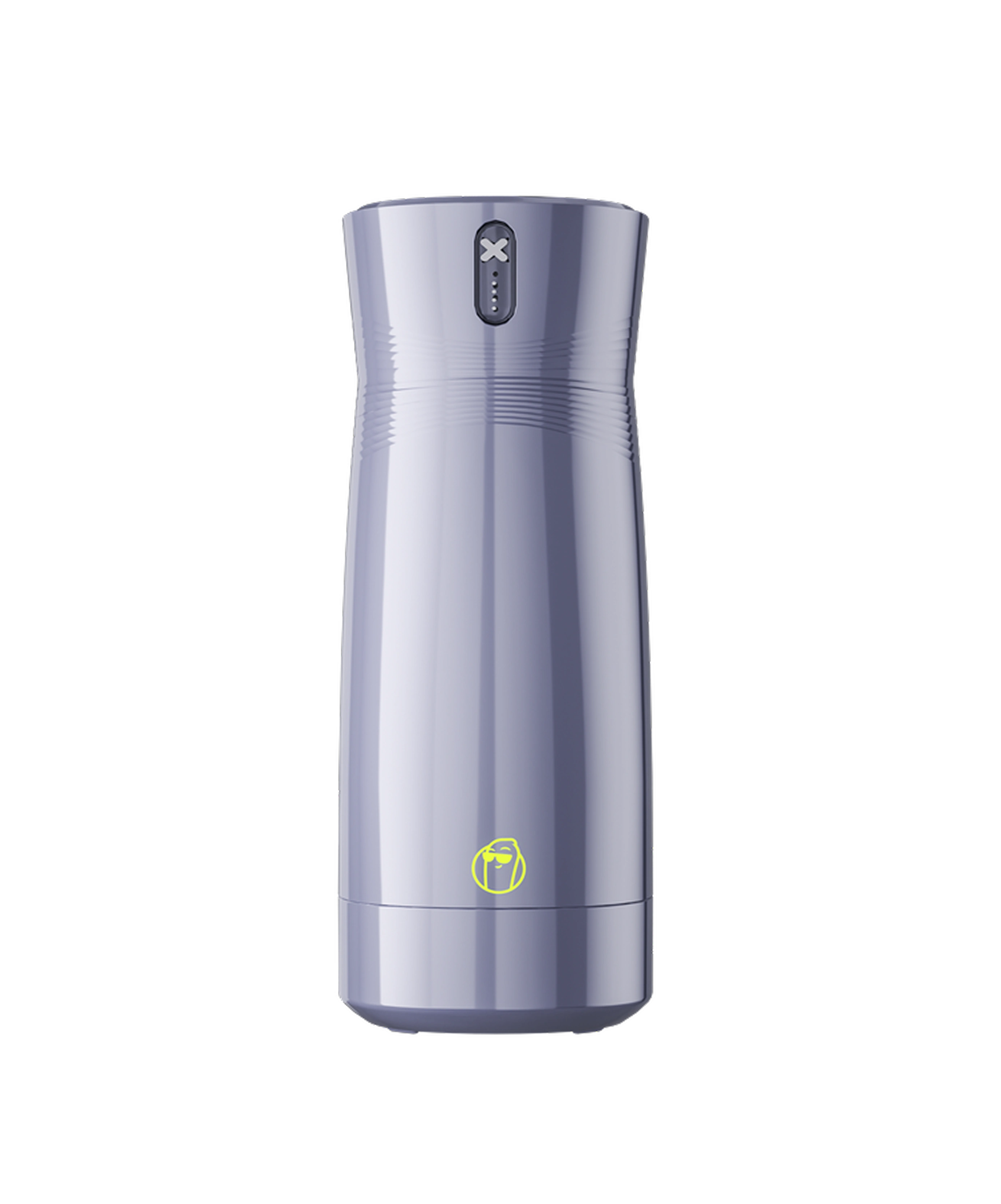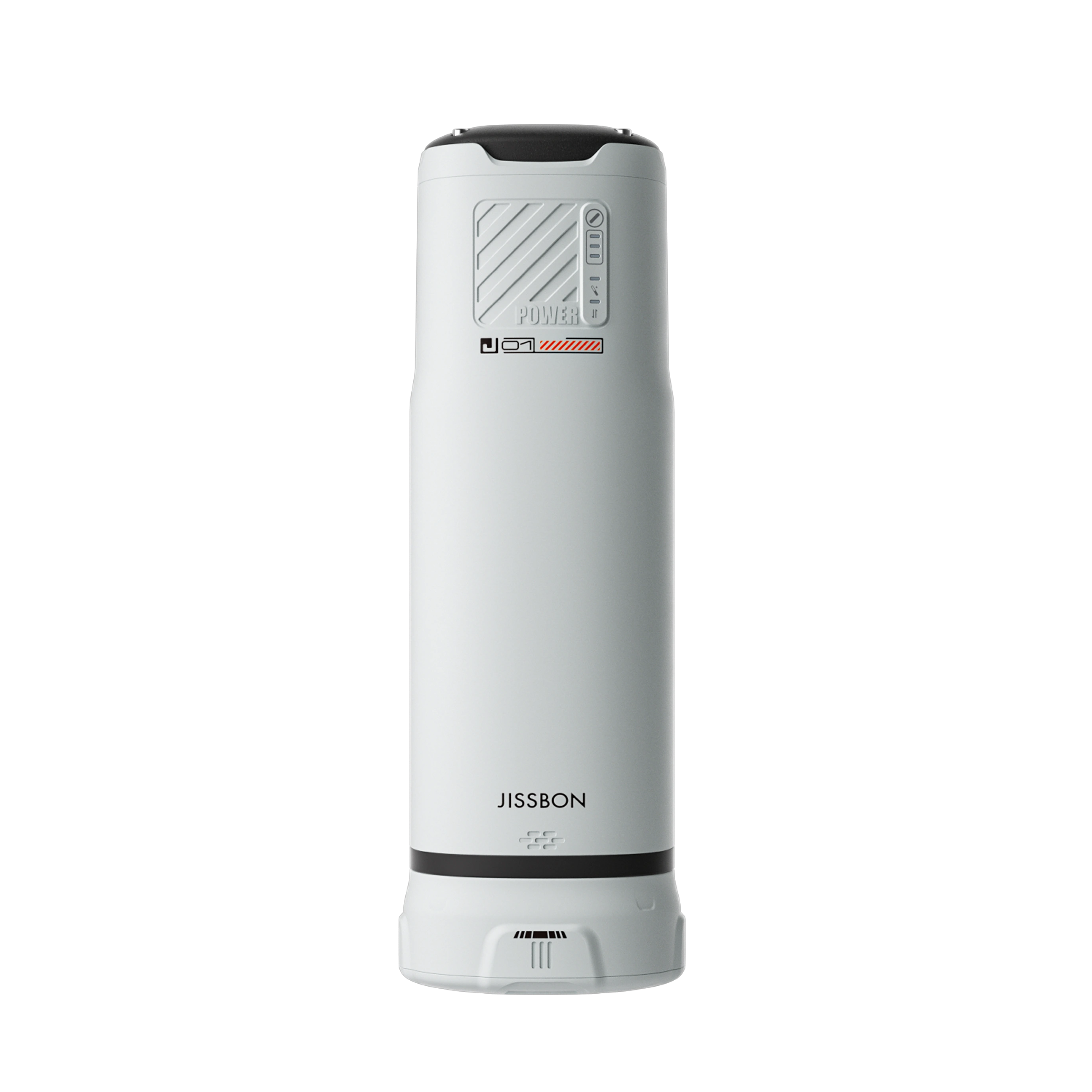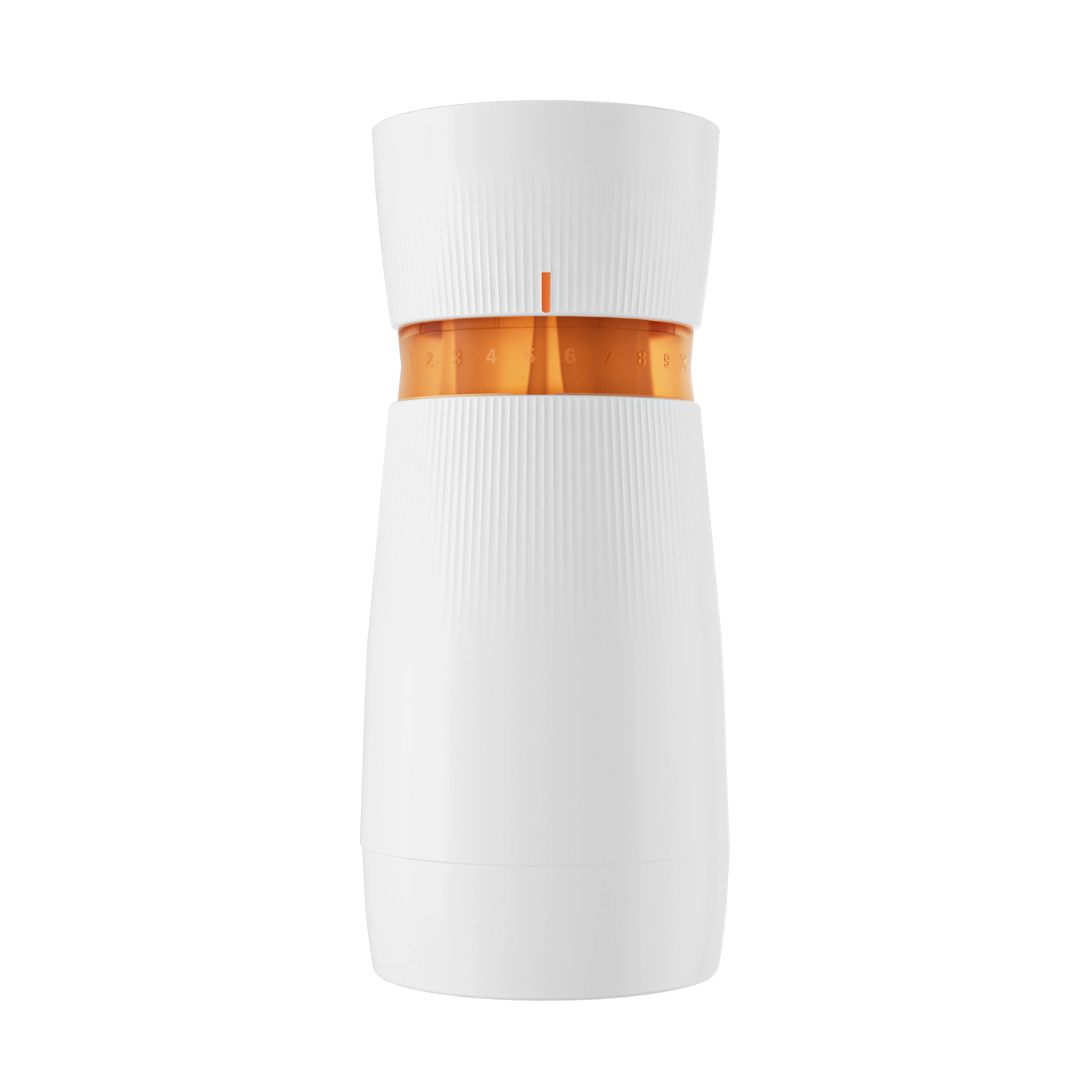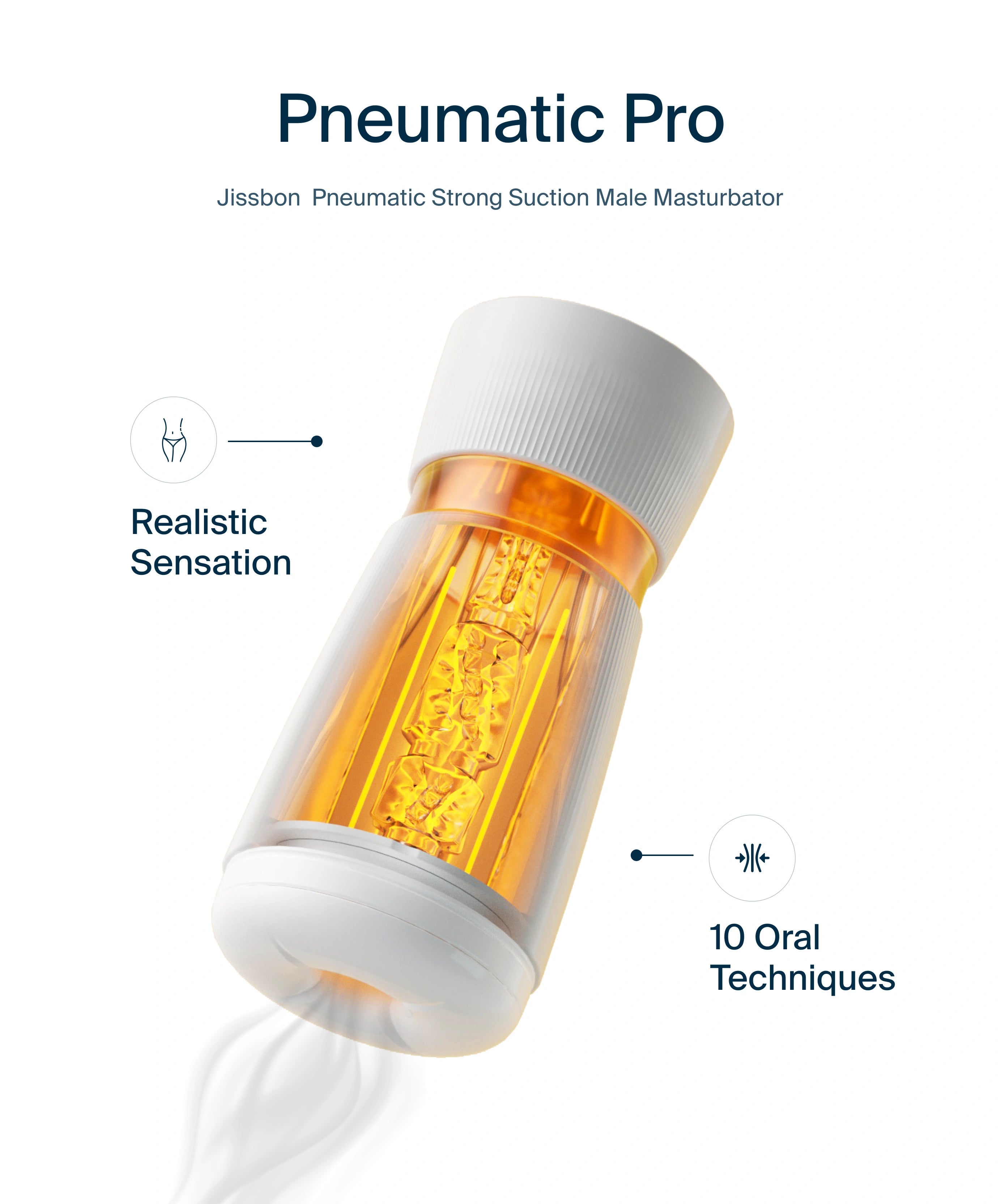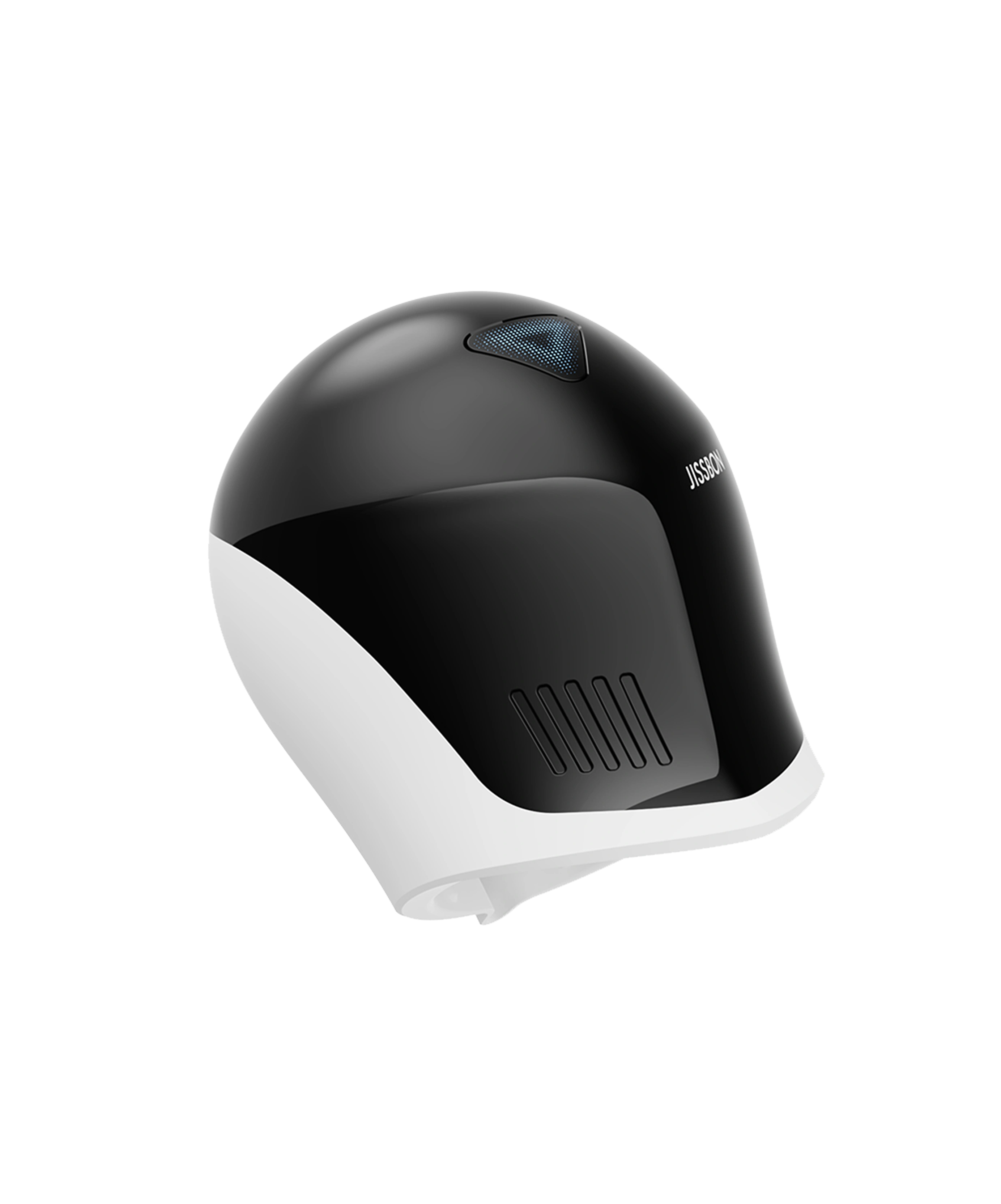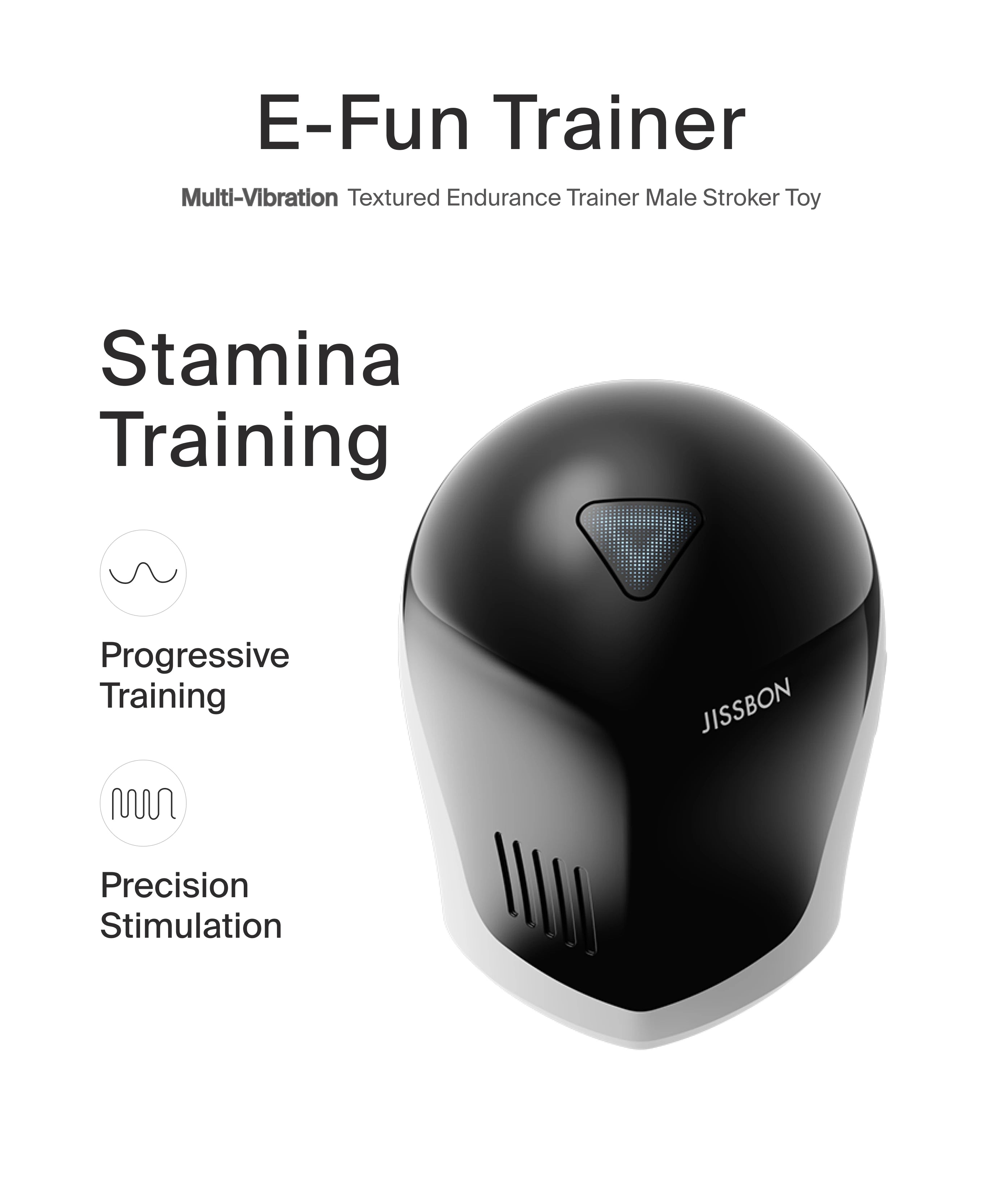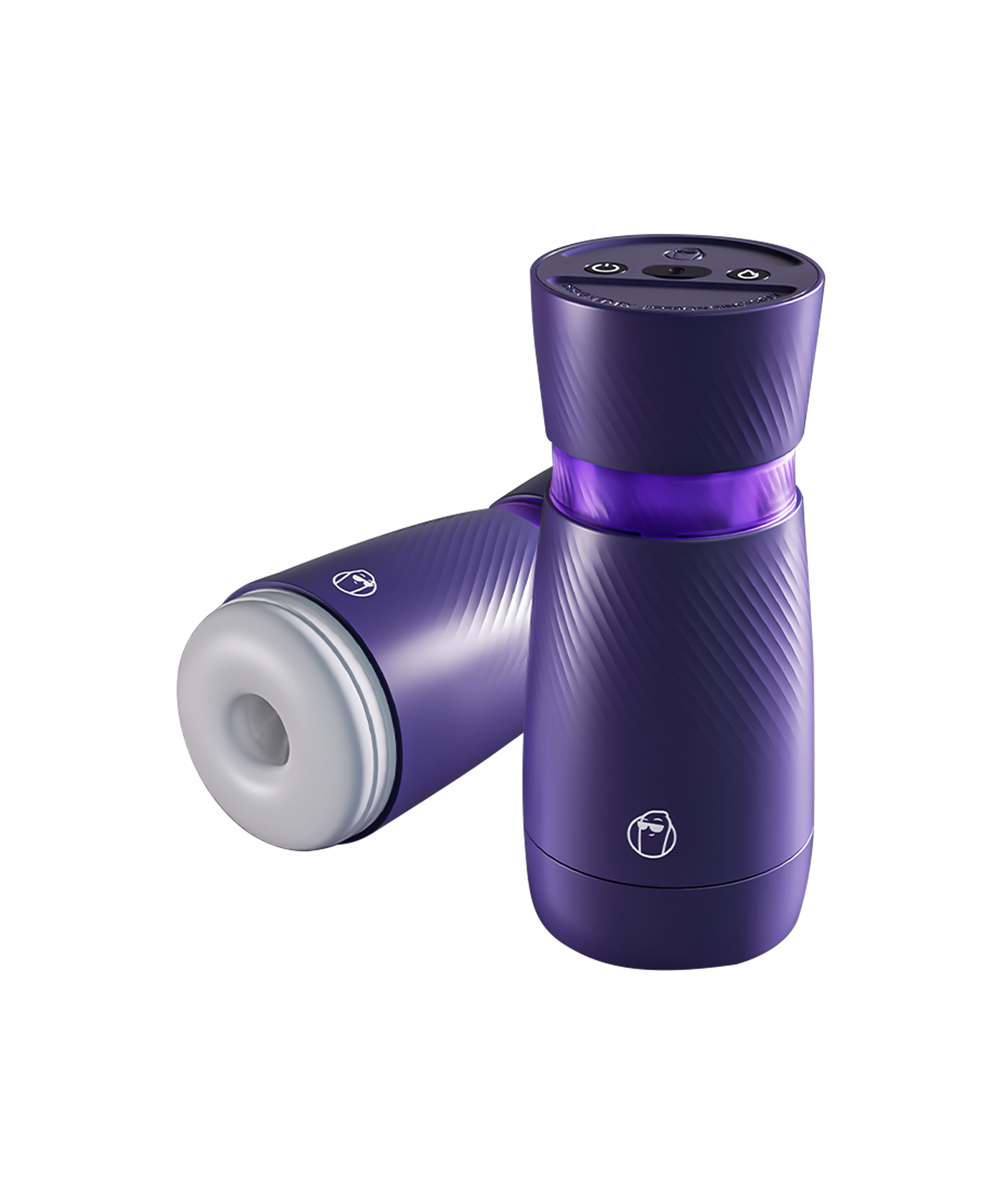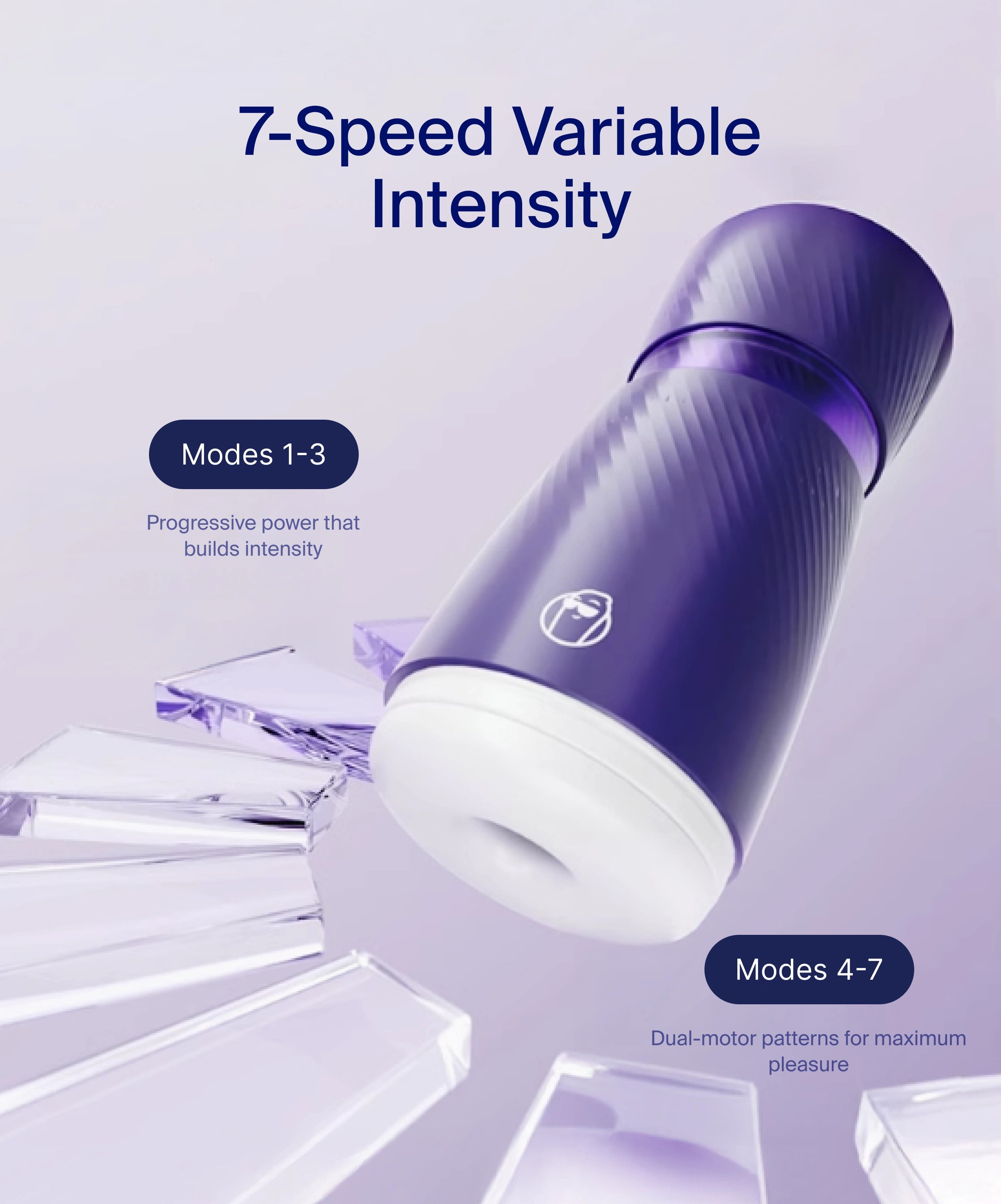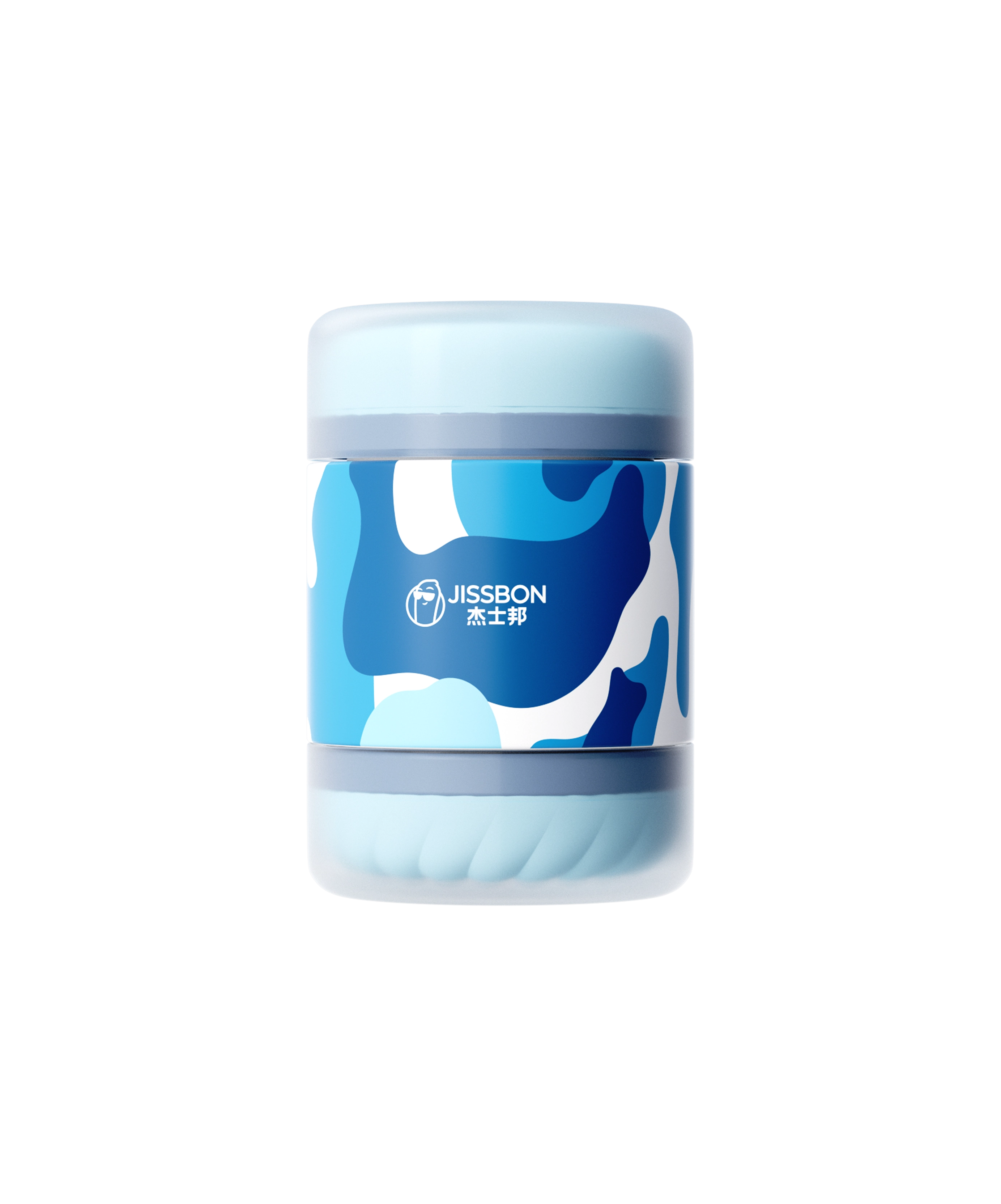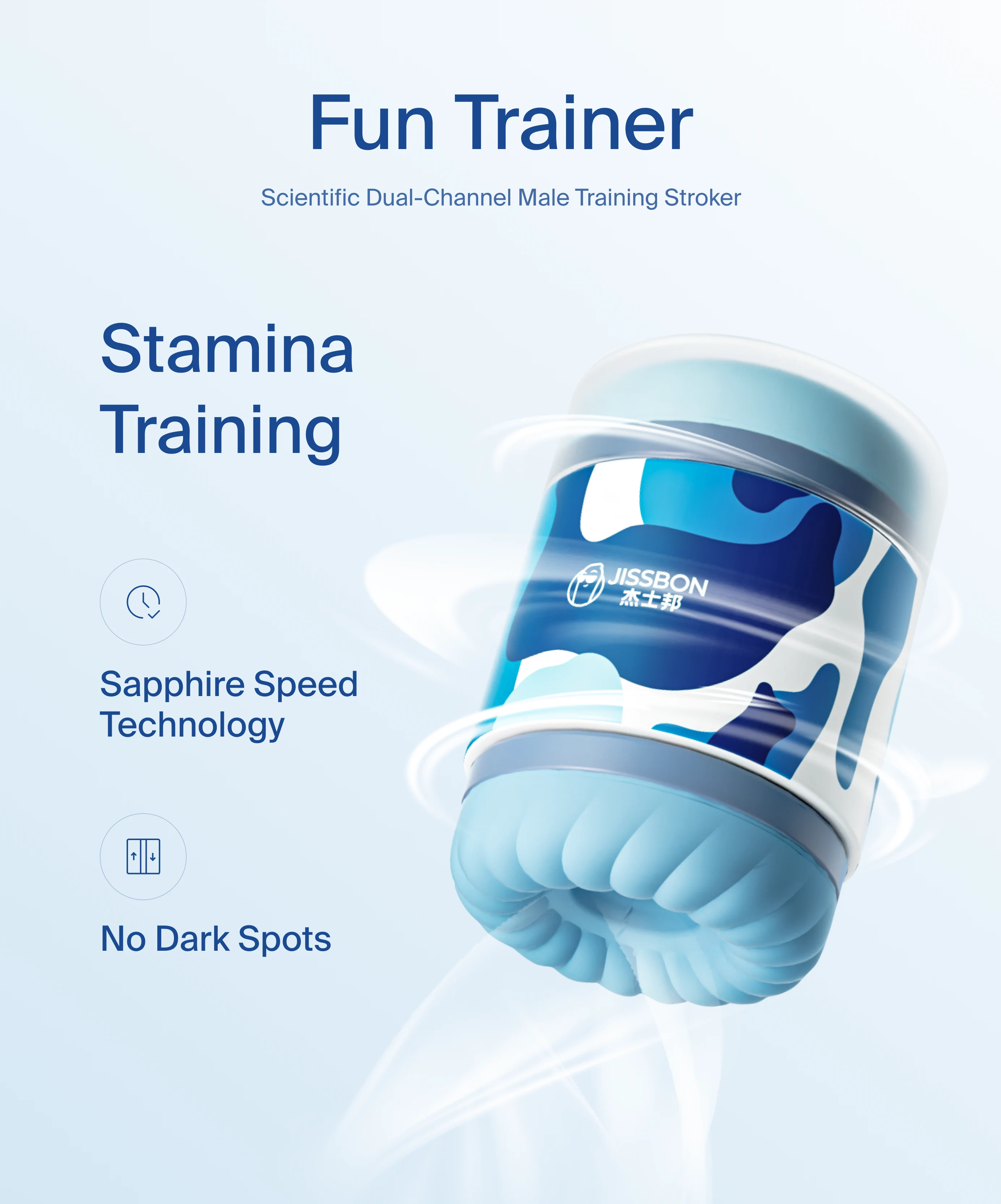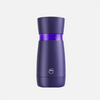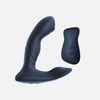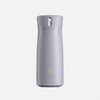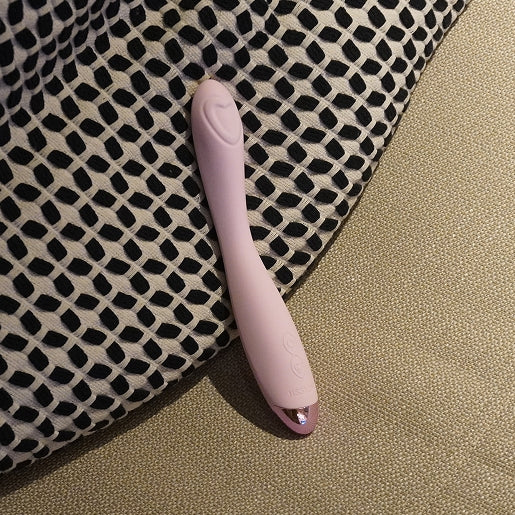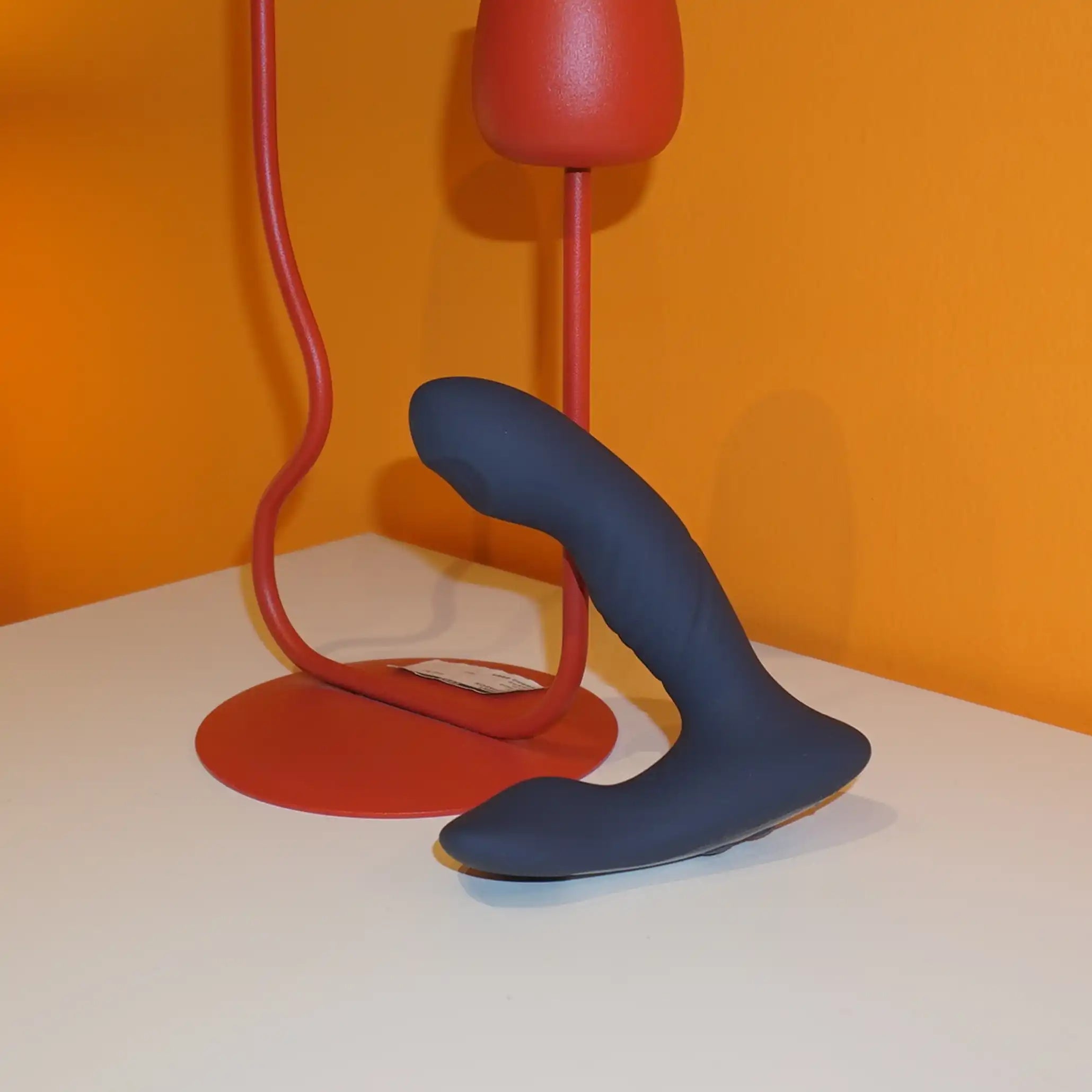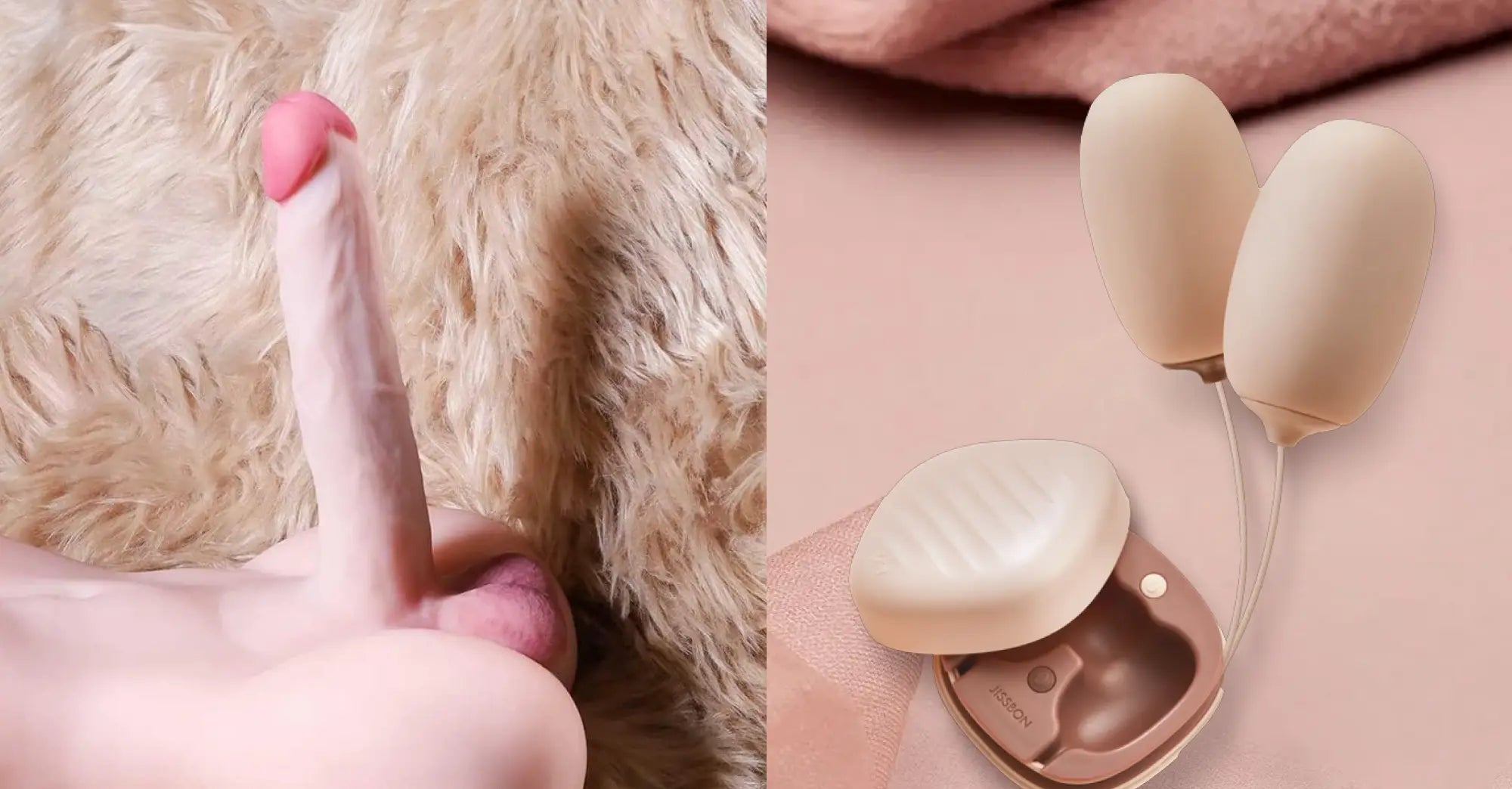If you’re new to toys, the difference between vibrator and dildo can feel confusing. Both can be shaped for the body and both can boost arousal—but they aren’t the same tool. In simple terms: a vibrator uses a motor to create vibration for stimulation (external, internal, or both), while a dildo is typically non‑vibrating and designed mainly for penetration and pressure. From there, things overlap (some dildos vibrate; some vibrators are great for penetration), so knowing how you want to feel is the real key.
This beginner‑friendly guide breaks down the difference between a vibrator and a dildo, how each is used, what to consider for safety and cleaning, and how to pick your first toy with confidence. Along the way you’ll find quick tips, FAQs, and both internal and external resources.
TL;DR: The short, plain‑English difference
- Vibrator: powered, buzzes or rumbles; great for external stimulation (clitoris, nipples, perineum) and can also be used internally depending on the design.
- Dildo: unpowered, usually meant for penetration and steady pressure; excellent for angle control and fullness (vaginal or anal, anal toys must have a flared base).
What is a vibrator?
A vibrator is a powered toy that delivers rhythmic stimulation through a motor. It can be small and pinpoint (a bullet), broad and deep (wand), designed for blended internal‑external stimulation (rabbit), or built for special sensations (air‑pulse “suction,” remote‑control, app‑connected, etc.). Vibrators are loved because they’re reliable, fast to warm up arousal, and easy to combine with solo or partner play.
- Common vibrator types: bullets/eggs, wands, rabbits, “suction”/air‑pulse styles, internal G‑spot designs, prostate vibrators.
- Typical uses: external clitoral stimulation; external perineum or frenulum; broad body arousal (wands).
- Beginner tip: If you’re sensitive, start on low or place the head over underwear as a gentle buffer. (This is a standard beginner tip in vibrator how‑tos.)
What is a dildo?
A dildo is a (often phallic or gently curved) non‑vibrating toy meant for penetration—vaginal, anal, or oral—and for applying pressure to sensitive internal spots. Dildos come in a huge range of shapes, sizes, and materials (most commonly body‑safe silicone, plus glass or stainless steel). Some have a suction base (hands‑free play) or are harness‑compatible for strap‑on use.
- Common dildo types: realistic or abstract silicone; curved G‑spot/P‑spot designs; glass/metal for firmer pressure; suction‑cup bases; double‑ended; harness‑compatible.
- Anal safety: Always choose a dildo with a flared base for anal to prevent the toy from getting pulled inside. (This is a standard medical‑style safety note.)
Key differences at a glance
|
Feature |
Vibrator |
Dildo |
|
Core function |
Vibration (rumbly or buzzy) for stimulation |
Penetration & pressure, angle control |
|
Power |
Battery or rechargeable; settings/patterns |
No motor; your body controls motion |
|
Stimulation style |
External (clitoris, nipples, perineum), plus some internal designs |
Internal fullness/pressure; external only if used on the surface |
|
Noise |
Some motor noise (varies by model) |
Silent |
|
Learning curve |
Quick: place‑and‑play on low, then adjust |
Quick for penetration; angle/size choice matters |
|
Anal use |
Choose anal‑safe designs with flared bases |
Flared base required for anal |
|
Cleaning |
Same rules as toys generally; pay attention to seams and charging ports |
Typically straightforward (non‑porous materials are easiest) |
|
Best for |
Fast build‑up, reliable external pleasure, adding to partner sex |
Fullness, pressure, hands‑free with suction, strap‑on play |
General consumer guides and sex‑education resources align with these differences.

Overlap & hybrids (why the labels get fuzzy)
- Vibrating dildos exist. Some dildos have motors; some vibrators are shaped for penetration. Labels describe function, not strict categories.
- Attachment magic. A wand vibrator can take attachments (e.g., G‑spot sleeves) to simulate penetrative pressure; a dildo can pair with a vibe on the outside for blended stimulation.
- “Air‑pulse”/suction styles. These aren’t traditional vibrators, but they’re often grouped with them because they’re powered and focus on external clitoral stimulation. (Functionally, they’re vibrator alternatives.)
How to choose: a 3‑minute decision guide
Start here—circle what matters most today:
- Goal: Quick external pleasure ▢ / Fullness & pressure ▢ / Both ▢
- Sensitivity: Super sensitive ▢ / Medium ▢ / Need stronger vibes ▢
- Privacy: Must be quiet ▢ / Noise OK ▢
- Hands‑free: Want suction or strap‑on ▢ / Don’t need it ▢
- Anal curiosity: Yes (flared base only) ▢ / No ▢
If you circled mostly “external/quick/quiet” → try a vibrator.
Start small with a bullet (slip under a palm; great over underwear). If you like broader, deeper sensation, explore a wand. For discreet external play, explore Egg & Bullet Vibrators and consider a tiny option like Candy Treat Bullet Vibrator.
If you circled “fullness/pressure/hands‑free/strap‑on” → try a dildo.
Choose a slim, tapered silicone design to start; add a suction base if you want hands‑free; pick flared base if anal play is on your list.
If you circled “both” → pair them.
Many people use a vibrator externally while a dildo provides internal fullness—simple, effective, and beginner‑friendly.

Materials, lube & cleaning (quick rules that matter)
Materials
-
Prefer non‑porous: medical‑grade silicone, glass, stainless steel—easier to clean thoroughly. Avoid mystery “jelly” plastics.
Lube
- Water‑based works with most toys and condoms; easy to clean.
- Silicone‑based lasts longer (great for extended sessions or shower), but may damage silicone toys—check your product’s guidance or use a condom over the toy if you want silicone lube.
- Oil‑based should not be used with latex or polyisoprene condoms (breakage risk) and can be harder to clean; stick to water‑based or silicone‑based for most scenarios.
Cleaning
-
Wash before and after use with warm water + mild soap, or a proper toy cleaner. Do not submerge non‑waterproof toys; mind charging ports and seams. (Healthline has a clear guide by material.)
General safety
-
Use flared bases for anal toys, avoid sharing without barriers, and keep toys clean to reduce STI risk. Planned Parenthood emphasizes that toys are healthy to use when used safely.
Real‑world examples: when each shines
Choose a vibrator if…
- You want steady external stimulation that warms arousal quickly.
- You prefer broad, deep rumbles (wands) or pinpoint focus (bullets).
- You like to keep hands or eyes free for kissing, oral, or cuddling during partnered sex. Many folks add a small vibe in missionary or spooning for reliable clitoral or perineal stimulation.
Choose a dildo if…
- You’re curious about angle‑specific pressure on the G‑spot or prostate.
- You want silent play or hands‑free setups (suction bases, mounts).
- You’re exploring strap‑on play; dildos with a sturdy base are harness‑friendly.
Mix them if…
-
You want blended sensations: external vibrator + internal dildo is a classic combo that many guides recommend for reliable orgasms.
Common beginner mistakes (and easy fixes)
- Too strong, too soon (vibes). Start on low. If sensation is still intense, place fabric between toy and skin or focus around (not directly on) the clitoris or frenulum.
- Choosing size over comfort (dildos). Start slimmer and gently tapered to learn your best angle/pressure without strain.
- Wrong lube pairing. When in doubt, use water‑based and reapply as needed. Avoid silicone lube on silicone toys unless the brand says it’s compatible.
- Skipping cleaning. Treat it like brushing teeth—quick, consistent care extends toy life and supports health.
Frequently Asked Questions
What’s the main difference between a vibrator and a dildo?
A vibrator vibrates (powered), often used for external stimulation and sometimes internal. A dildo is typically unpowered and designed for penetration and pressure. There’s overlap, but that’s the core difference between a vibrator and a dildo.
Can a dildo vibrate?
Yes. Some dildos have built‑in motors (or sleeves) that make them hybrid toys. Labels describe function—lots of crossover exists.
Which is better for beginners: vibrator or dildo?
If you want quick external pleasure with easy control, try a small vibrator. If you’re curious about internal fullness/pressure, try a slim silicone dildo. You can also combine both.
Are vibrators only for people with vulvas?
No. Vibrators feel great on many bodies—perineum, frenulum, shaft, nipples, and more. Wands and bullets are versatile across genders.
What lube should I use with each?
Water‑based is the safest all‑around pick. Silicone‑based lasts longer but may damage silicone toys (check the product guidance or use a condom over the toy). Avoid oil‑based with latex/polyisoprene condoms.
How do I clean them?
Use warm water + mild soap (or toy cleaner) on non‑porous materials; dry thoroughly. Keep ports dry on non‑waterproof vibrators. Clean before and after each use.
What’s the difference between a dildo and a vibrator for anal play?
Any anal toy (vibe or dildo) must have a flared base. Choose body‑safe materials and plenty of lube; go slow and size up gradually.
The gentle conclusion
Here’s the clear difference between a dildo and a vibrator: one is powered (vibration) and the other is unpowered (penetration and pressure). That’s it—and yet, the overlap is wide. If you want simple, reliable external pleasure, start with a vibrator. If you want fullness and angle control, start with a dildo. And if you want both? Pair them.
Begin with your comfort, your body, and your curiosity. Keep things clean, use lube that plays nicely with your toy, and remember that there’s no “right” first choice—just the one that makes you feel good. When you’re ready, try a small, discreet vibe from Egg & Bullet Vibrators or explore a slim dildo and see what your body says next.
Read more

Curious about hands free orgasm—and whether it’s actually possible to cum hands free? You’re not alone. Plenty of people can reach climax with little or no direct manual stimulation, and some even ...

Curious about self bondage ideas that feel intense and responsible? You’re in the right place. This guide covers safety basics, gear, self bondage techniques, step‑by‑step setups, and how to create...
